20 Questions That Bright Side Readers Were in No Way Ready to Hear From Their Kids

So, it’s a hot summer day, you’re outdoors, enjoying the weather. You wanna lie on the cool grass somewhere in the shade just to relax but... uuugh! Looks like someone spat there, but It’s actually a spittlebug’s house.
These guys sip a lot of watery sap from the plants, and when they process it, it forms a lot of bubbles — not less than 150 times their body mass DAILY. All these bubbles form a cocoon where young insects can grow safely. No bird or animal wants to eat this cocoon because it tastes bitter — as if you licked a Nintendo cartridge.
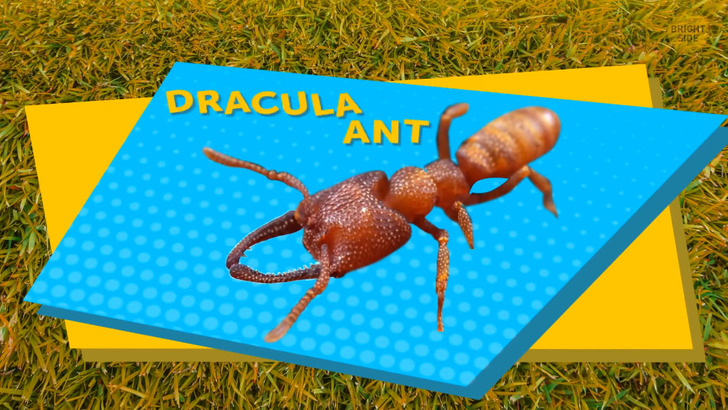
Not so fast, cheetah! Apparently, Dracula ant is the world’s fastest animal — and the vampires in the Ant world. They’d definitely win any burger eating contest, since they’re able to snap their jaws 5,000 times faster than your eye can blink. To understand how fast the Dracula ant is, you gotta make a video of its jaws chomping at 480,000 frames per second. At this speed, you’ll see the ant slowly moving its mandibles. They don’t run, but their mouths are rapid, and they move those jaws so fast, they even bend while snapping together. Now, people can do that too, snapping our fingers so that they bend.
The darkest animal out there is the Ayam Cemani chicken. Not only these guys have black feathers, eyes, and claws, they also have black bones. The color is bluish black — and it is deep. If you ever try those chicken wings, they’ll look as if someone had marinated them in blackberry juice or squid ink. They say Marco Polo was the first to have discovered these odd — or charming — roosters. Back in 1298, the explorer wrote about a breed of chickens that were as black as cats and laid the best eggs.
This freshwater fish has been around since the beginning of the 20th century and probably remembers good old times with black and white and even silent movies. One bigmouth buffalo made it till 112 years old! Still, the world’s oldest creatures live in the sea. There are deep sea sponges that are 11,000 years old, and they’re safe and sound.
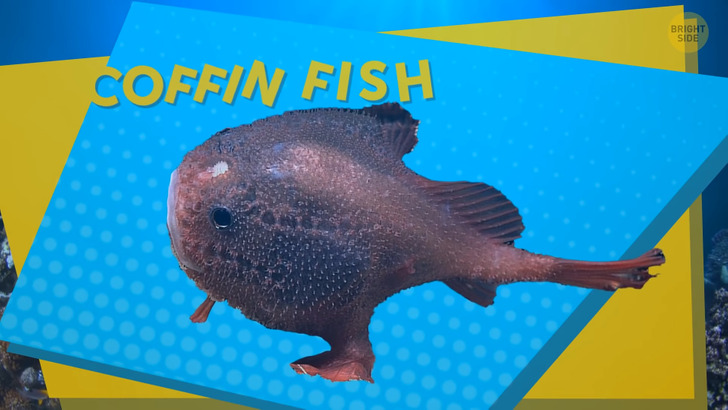
This fish has incredible gills which let it hold its breath for over 4 minutes! Meet the coffin fish, a weird-looking but tough animal. They’re also famous as “sea toads” — they actually look much more like toads, not classic fish with fins and scales. They can also inflate because of the seawater they gulp, so they expand just like a balloon. In fact, this super ability lets this fish hold its breath for several minutes because they actually get the oxygen from the water they keep inside. But the absolute champion is the human — the world’s champion can survive holding the breath for over 20 minutes.
There are some animals that make their own clothes! Sponge crabs make a sort of a hat from sponges to protect them from underwater bad guys. To figure out how the crabs decided on their outfit, researchers gave them some foam sponges that were different in sizes. The bigger the crab is, the bigger a sponge it chooses. They use various techniques to get this perfect shape, starting from cutting out a small hole for the head, and then they see if the size fits them. If they’re good to go, they continue to cut and dig into that sponge until it becomes a perfect hat.
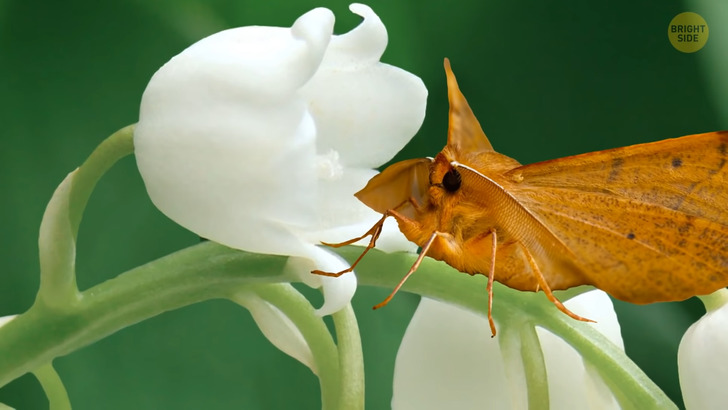
Recently, researchers have spotted a moth that would drink birds’ tears while they sleep. So far, there were only 3 registered cases of animals feeding on other animals’ tears. These were some Amazon butterflies, solitary bees, and moths. Their regular diet mostly includes nectar, but it does lack essential salts that aren’t that easy to find elsewhere. Not only do they drink birds’ tears, they also drink turtles’ tears, crocodiles’ tears, and those of many mammals found in the Amazon jungle. Really? Crocodile tears?
Some sea dwellers can emit red light. For example, the stoplight loosejaw fish uses it to catch dinner. Shrimps don’t see the red light, so the loosejaw fish can spot any red shrimp emitting pulses of red light and catches it without scaring the dinner away. Mammals can glow too! A flying squirrel glows under UV light, emitting pink light. It happens because they are able to absorb light and emit it back in another wavelength.
The platypus may not have the largest cheek pouches, but they’re definitely the weirdest. They keep gravel inside those pouches to help mash the food they normally eat: worms, shellfish, and snails. These guys are toothless, so gravel comes in handy when it comes to chewing the food — it works just like a blender. Makes you wonder what they use for the mouthwash, huh!
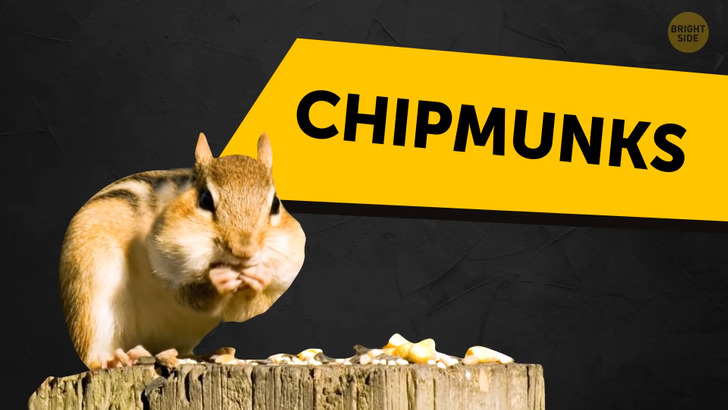
If humans had the same incredible cheeks just like chipmunks have, we’d be able to transport our groceries right in our mouths. In fact, chipmunks can transport something as large as themselves in their oversized mouth luggage sections. Hamsters have the same superpower too, and can even carry their young in the mouth in case they need to run away. A baby carrot, which seems tiny for a human but significantly large for a hamster, can disappear without a trace in between those huge cheeks.
The Mariana snailfish (which logically lives in the Mariana Trench) is relatively small: it’s as large as two medium candy bars. Despite the size, they can easily withstand the pressure that equals 1,600 elephants standing on it. This fish has a unique body structure: for example, it has some gaps in the skull. If their skull was uniform and had no “holes,” it would never withstand the pressure in the depths of the Mariana Trench. Plus, their cartilage skeleton is soft and flexible. They also have no actual eyes, but they don’t really need them, since they live in complete darkness in the world’s deepest trench.
Meet the Pinocchio frog! Not hard to guess, their nose can grow in size in the blink of an eye in various situations. Whenever they feel danger coming, it gets larger. When these frogs are calm and feel safe, it goes back to normal. It also may elongate when they wanna attract mates, and probably when they croak a lie — just kidding.
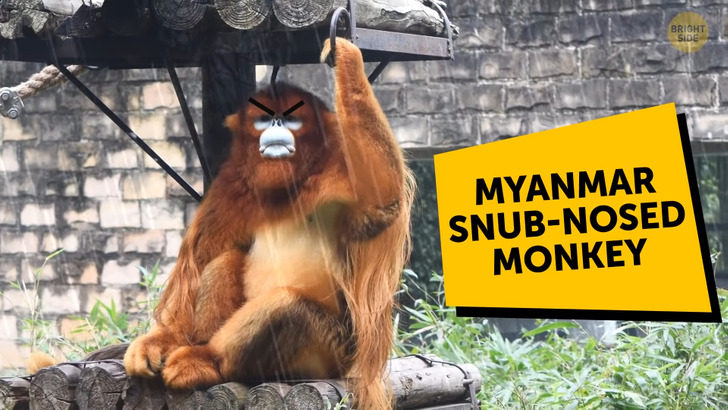
Do you enjoy when it rains? You probably grab a cup of hot chocolate, cover yourself up with a blanket and sit on the window sill, looking at the drops dripping down the window... If you like it, you’re definitely not a Myanmar snub-nosed monkey that’s been recently discovered guess where — in Myanmar. Their nostrils are so upturned and exposed to the outer world that they sneeze every time it rains. But if you were in a choir in high school, you have something in common — snub-nosed monkeys like singing together.
Amazon pink river dolphins aren’t born pink. Their young are always gray, but the older they get, the pinker they turn. It’s just like people having wrinkles when they age, and these guys simply get a different color. Hey, I’d like to get a little bit pink instead of those smile lines!
You’d certainly love to be a termite because of their crazy sleep schedule. They actually never sleep and the only thing they do is nibbling on the wooden pegs they see around them. Welp, if you’re afraid of gaining weight because of a cellulose-rich diet, you could probably turn into a snail. They get a power nap for some hours and then can run without sleep for as long as 30 hours in a row.
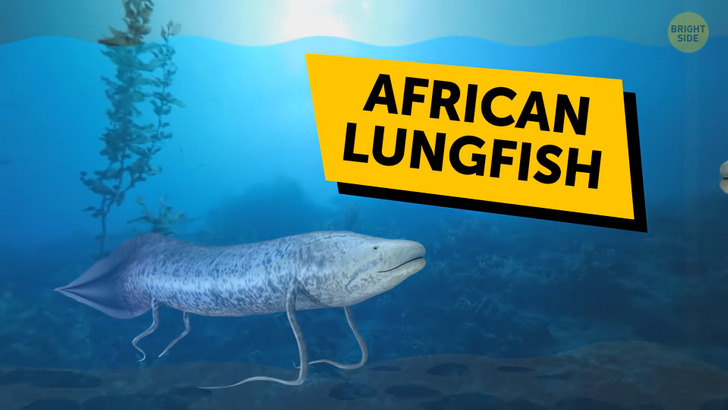
No fish can survive for any significant period of time without water except this one: the African lungfish. When they feel something’s wrong, they start secreting a mucous cocoon and go underground — give or take inches under the soil. They have a built-in tube to breathe.
Mountain stone wetas native to New Zealand aren’t afraid of drastic temperature changes. Their blood contains a special protein that doesn’t let their blood crystallize in case of extreme temperatures. They tolerate any cold better than polar bears and even penguins, who live in the officially world’s coldest place — Antarctica.
Ringtail lemurs have one of the craziest ways of conflict resolution. They have stink fights. Taking into account the average number of lemurs in a group — about 20 or 30 animals — you’ll see there’s a lot of competition. Their scent glands are on their wrists and shoulders. Those on the wrists are harmless — the odor they produce is quite volatile. Those on the shoulders are nasty and produce brown funky-smelling paste that would outlast any perfume. So back off!











